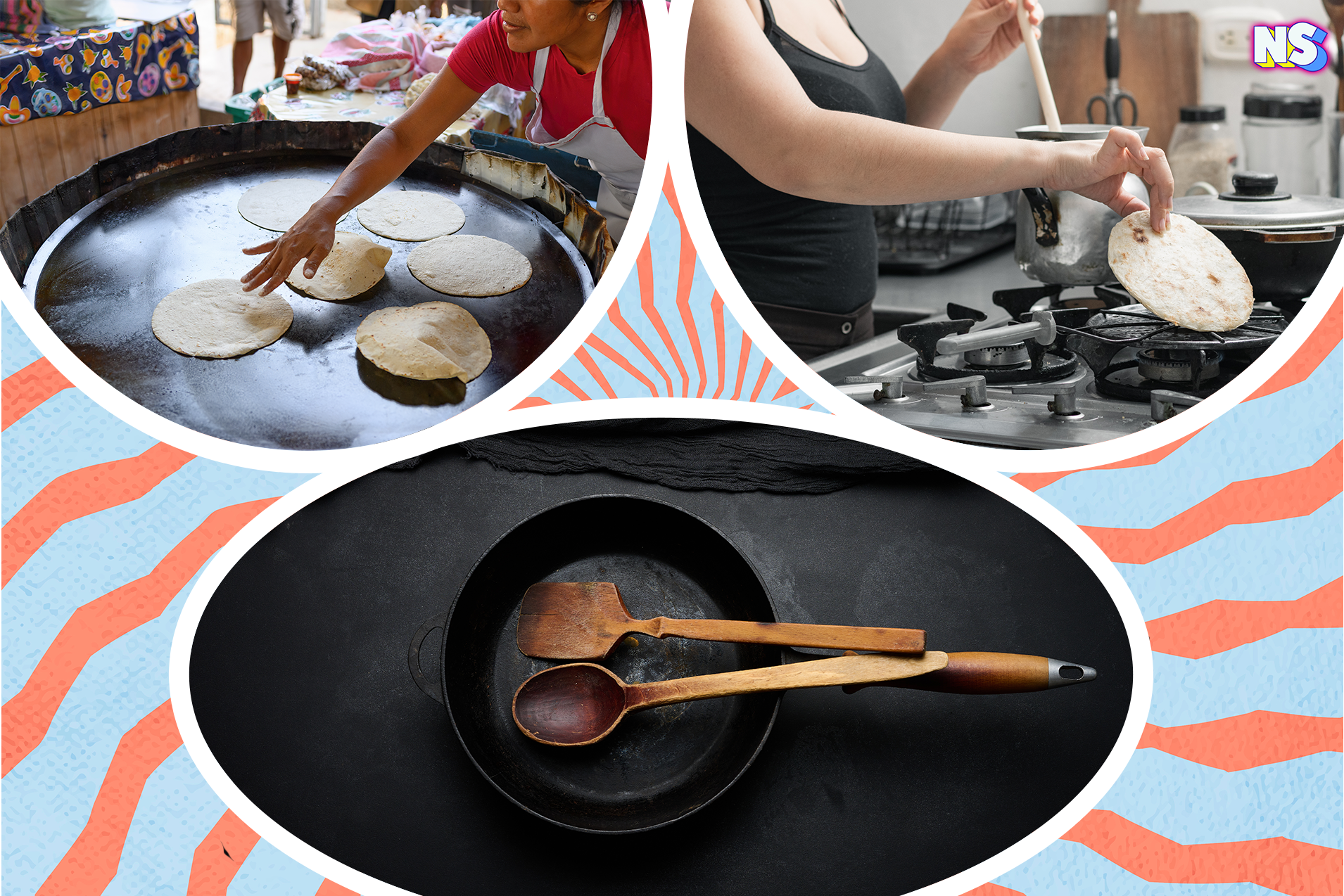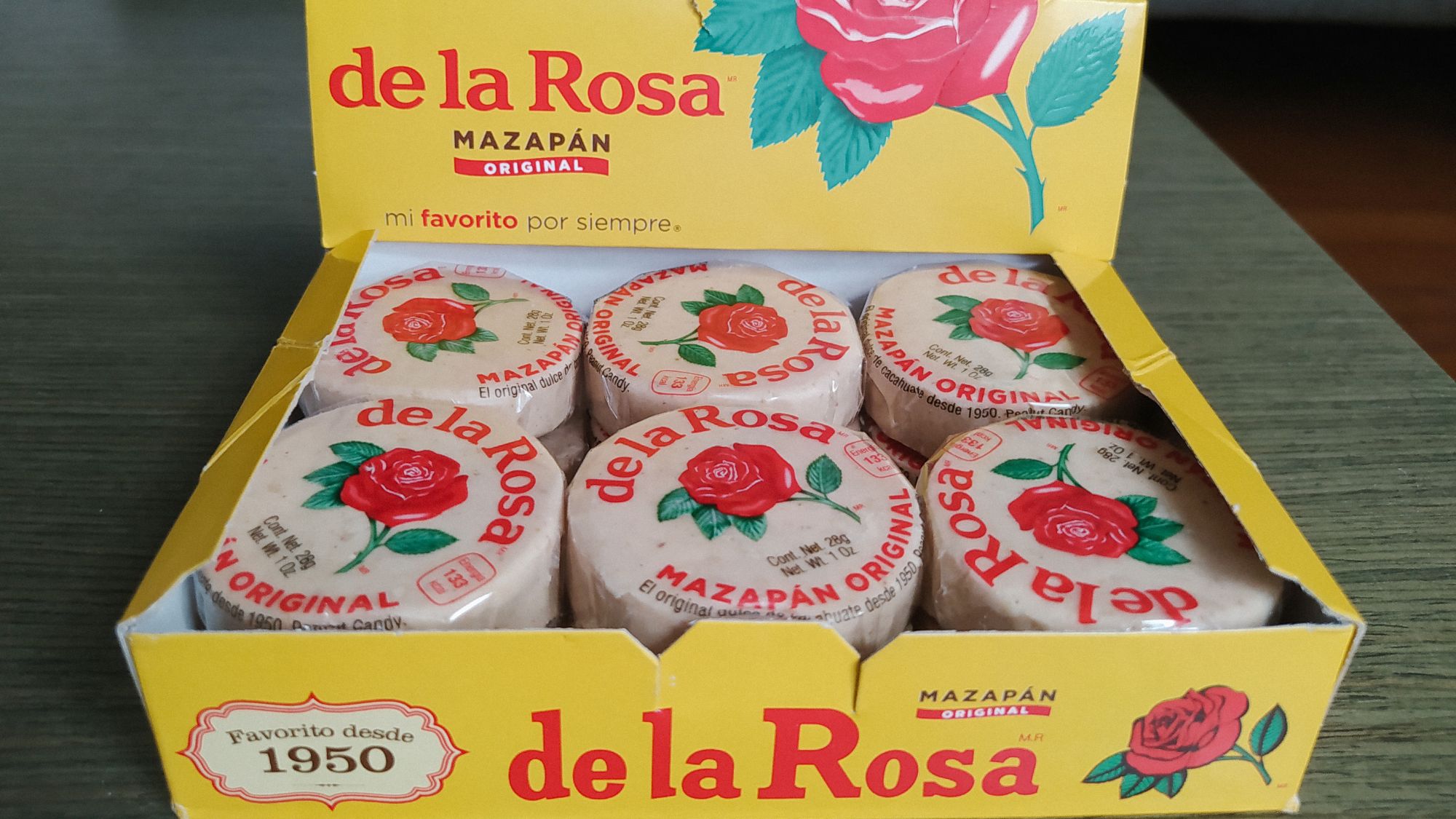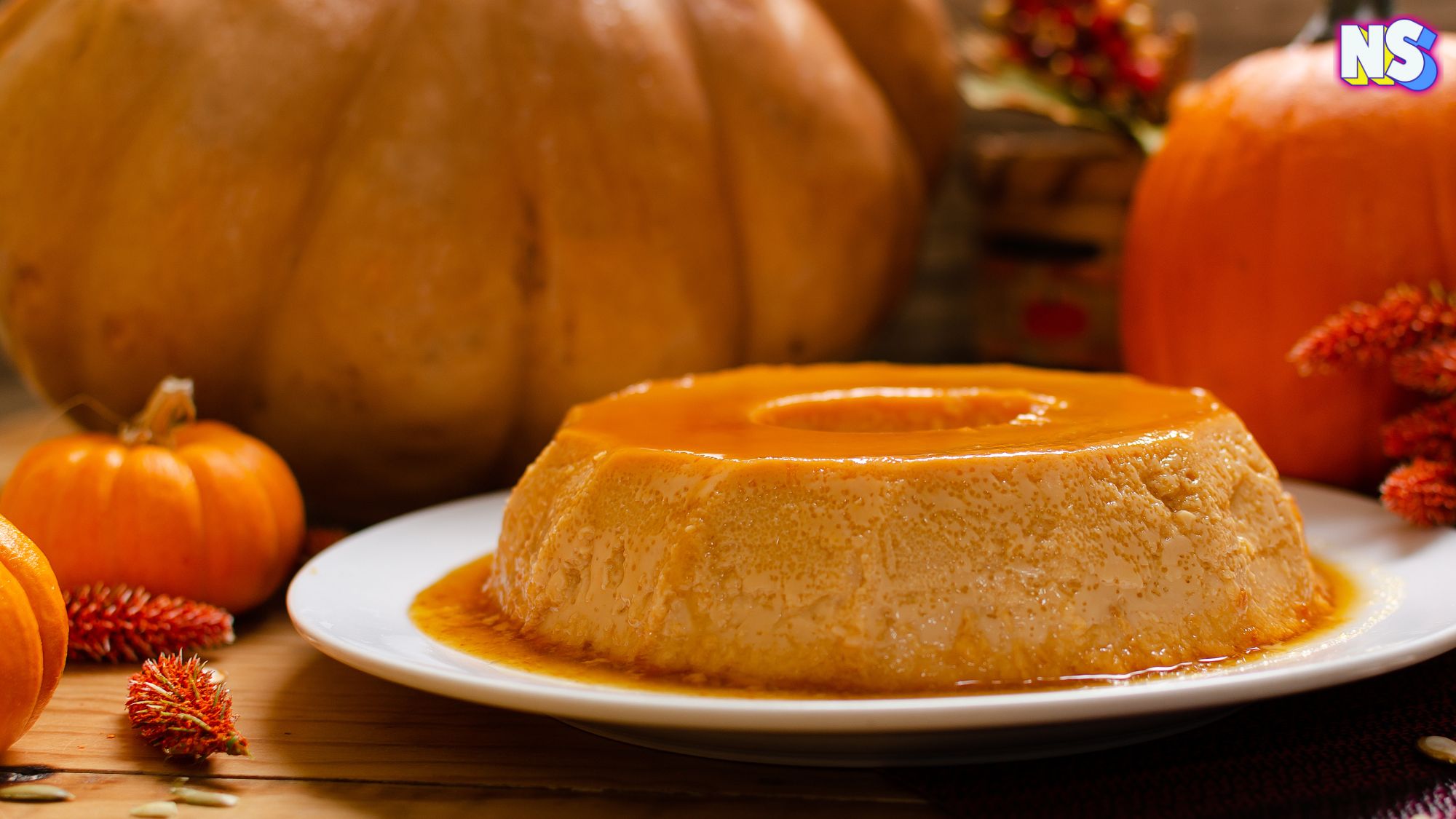It’s the season for Latino kitchens to come alive with the tantalizing aromas of cherished recipes. It's a time when culinary traditions are lovingly passed down and feasts bring warmth to the heart and soul.
But, while discussions often revolve around secret recipes and the quest for authentic ingredients, there's an unsung hero behind these delectable creations: the cookware.
These humble yet invaluable tools are the backbone of Latino holiday cooking, enabling the creation of our staple dishes.
This season, let's embark on a journey to uncover three timeless utensils – the budare, the comal, and the skillet – that hold a special place in the hearts of Latino chefs and home cooks alike.
Budare: A Beloved Arepa Artisan
The budare is a fundamental kitchen tool in many Latino households, particularly in countries like Venezuela and Colombia. “A budare is a metal griddle, round and flat and nearly without edges. The only handle is a little metal loop on one side,” the FlavorsOfBogota blog explains. “In Venezuela and Colombia, the household budare is the highly revered arepa maker. In the land of arepas, where in some areas no meal is served without the little round corn patty, the budare is ever-present.”
This round, flat griddle resembles a cast-iron skillet and is typically made of heavy iron or aluminum.
“José De Acosta, a Jesuit explorer and naturalist of the 16th century, wrote that the budare was like a sacrificial stone for the rite of the first bread,” Venezuelan writer Alejandro Puyana explains in an NPR article.
It plays a pivotal role in preparing some of the region's most beloved dishes, such as arepas and cachapas. To make them, cornmeal dough is placed on the budare's flat surface and cooked until it forms a crispy, golden crust.
The result is a delicious and versatile bread that can be filled with various ingredients like cheese, meat, or beans. Cachapas, on the other hand, are sweet corn pancakes. The budare's flat, even surface ensures an even cook, allowing the corn batter to transform into a delightful treat.
Comal: Where Tradition Meets Versatility
A comal is a traditional round, flat griddle that plays an integral role in Mexican cuisine. It's typically made of clay, cast iron, or sheet metal. The comal's design allows for even heating and is used for various cooking methods, such as toasting, roasting, or cooking tortillas, among other culinary tasks.
“The comal, which comes from the Nahuatl word comalli (known in Venezuela as the budare), has been used since the Mesoamerican period to cook, toast, roast, blister, and puff,” the “masa company” Masienda explains on its site, where it sells comals.
“The first comal was made of barro (traditional Mexican clay earthenware), like so many of the original cooking tools in Mesoamerican gastronomy,” Masienda says, adding: “But over time they’ve been adapted to other materials like cast iron, other metals, ceramic and more, while retaining their primary shape and function.”
It’s said that, to create the perfect tortilla, its masa must be cooked on the comal. This process imparts a distinct smoky flavor and slight char, enhancing the tortilla's taste and texture.
Dona Savitsky—chef, cookbook author and restaurant owner of Doña Tomás in Oakland, California. “The comal makes tortillas taste so much better,” explains Dona. Its cast-iron material works wonders for griddling up homemade tortillas, as well as other dishes like baked tortilla chips and empanadas.
The Skillet: A Distinct Tex-Mex Legacy
Meanwhile, in the Southwest United States, skillets are often a staple in Tex-Mex kitchens.
The American cast iron skillet has a distinct history that is related to, yet different from, the Latin American budare and comal.
Not to be confused with an ordinary frying pan, the skillet is an essential kitchen utensil used for a wide range of cooking methods, including frying, sautéing, searing, and browning.
It typically features a flat, wide, and shallow pan with slightly sloping or flared sides and a long handle. Skillets are made from various materials, but the cast iron version is a favorite in the Southern U.S.
Like the budare and comal, the cast iron skillet has good heat retention and dispersion properties, which helps in even cooking and browning (a feature particularly important for achieving the desired texture and flavor in many Latino dishes).
Then there is the “one skillet meal” – an especially popular trend in North American kitchens.
“Cooking in one vessel might seem tailor-made for today, but these dishes have been made for thousands of years …,” the Washington Post explains in a recent article.
Different Latino communities have adapted the budare, comal and skillet to suit their specific culinary preferences – with each one holding a cultural significance in Latino kitchens.
And, with their long history in Latino kitchens, the comal, budare, and skillet are often passed down through generations.
Tex-Mex Simplified: One-Skillet Delight with ‘Sweetpotato’ Twist
For busy families wanting to whip up a comforting Tex-Mex meal, it's hard to beat a one-skillet dish that cuts down on cleanup without sacrificing flavor.
What is Tex-Mex, or TexMex? “The term ‘TexMex’ (with no hyphen) originally began as an abbreviation for the Texas and Mexican Railroad, chartered in 1875,” the History Channel explains. “By the 1920s, some people were using Tex-Mex (with hyphen added) to describe people of Mexican descent living in Texas—more accurately called Tejanos — and eventually the label would be applied to the Mexican-style food typical of the region.”
The evolution of Tex-Mex cuisine leads us to a new fall recipe, from the North Carolina Sweetpotato Commission Start: Tex-Mex Sweetpotato Beef Skillet.
In this dish, sweetpotatoes are combined with peppers, onions, ground beef, broth, tomatoes, corn, Southwest seasoning and more to keep chilly days at bay.
(Here’s a fun fact: The one-word spelling of "sweetpotato" was officially adopted by the National Sweetpotato Collaborators in 1989 to avoid confusion with equally unique and distinctive potatoes, which are also grown and marketed commercially in the United States.)
Enjoy!
Tex-Mex Sweetpotato Beef Skillet
Servings: 6
Ingredients:
2 medium sweetpotatoes
3 bell peppers (combination of red, yellow and orange)
1 small onion
2 tablespoons olive oil or butter, divided
2 garlic cloves, minced
1 pound lean ground beef
1/2 cup beef broth
1 can diced tomatoes
8 ounces tomato sauce
1 can Mexi-corn or Southwest corn
1 tablespoon Southwest seasoning
salt, to taste
pepper, to taste
Directions:
Rinse and scrub sweetpotatoes to clean. Chop into 1/2-inch cubes. Dice bell pepper and onion. Set aside.
In skillet over medium heat, heat 1 tablespoon of oil or butter.
Add garlic and saute until fragrant, being careful not to burn.
Add ground beef, breaking apart and stirring until cooked through, 5-7 minutes. Remove garlic and beef to a covered bowl or plate; set aside.
In the same skillet, add remaining oil or butter. Saute peppers, onion and sweetpotatoes until slightly tender.
Pour in broth, diced tomatoes and tomato sauce; cover and simmer for 12-15 minutes.
Stir in cooked beef and corn. Cook until liquid reduces and mixture thickens slightly. Add seasoning and salt and pepper, to taste.
Recipe courtesy of Meredith Bernard of "This Farm Wife" on behalf of the North Carolina Sweetpotato Commission





